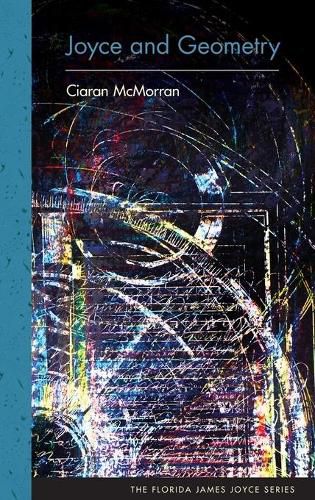Readings Newsletter
Become a Readings Member to make your shopping experience even easier.
Sign in or sign up for free!
You’re not far away from qualifying for FREE standard shipping within Australia
You’ve qualified for FREE standard shipping within Australia
The cart is loading…






This title is printed to order. This book may have been self-published. If so, we cannot guarantee the quality of the content. In the main most books will have gone through the editing process however some may not. We therefore suggest that you be aware of this before ordering this book. If in doubt check either the author or publisher’s details as we are unable to accept any returns unless they are faulty. Please contact us if you have any questions.
In a paradigm shift away from classical understandings of geometry, nineteenth-century mathematicians developed new systems that featured surprising concepts such as the idea that parallel lines can curve and intersect. Providing evidence to confirm much that has largely been speculation, Joyce and Geometry reveals the full extent to which the modernist writer James Joyce was influenced by the radical theories of non-Euclidean geometry. Through close readings of Ulysses, Finnegans Wake, and Joyce’s notebooks, Ciaran McMorran demonstrates that Joyce’s experiments with nonlinearity stem from a fascination with these new mathematical concepts. He highlights the maze-like patterns traced by Joyce’s characters as they wander Dublin’s streets; he explores recurring motifs such as the topography of the Earth’s curved surface and time as the fourth dimension of space; and he investigates in detail the enormous influence of Giordano Bruno, Henri Poincare, and other writers who were critical of the Euclidean tradition. Arguing that Joyce’s obsession with measuring and mapping space throughout his works encapsulates a modern crisis between geometric and linguistic modes of representation, McMorran delves into a major theme in Joyce’s work that has not been fully explored until now. A volume in the Florida James Joyce Series, edited by Sebastian D. G. Knowles
$9.00 standard shipping within Australia
FREE standard shipping within Australia for orders over $100.00
Express & International shipping calculated at checkout
This title is printed to order. This book may have been self-published. If so, we cannot guarantee the quality of the content. In the main most books will have gone through the editing process however some may not. We therefore suggest that you be aware of this before ordering this book. If in doubt check either the author or publisher’s details as we are unable to accept any returns unless they are faulty. Please contact us if you have any questions.
In a paradigm shift away from classical understandings of geometry, nineteenth-century mathematicians developed new systems that featured surprising concepts such as the idea that parallel lines can curve and intersect. Providing evidence to confirm much that has largely been speculation, Joyce and Geometry reveals the full extent to which the modernist writer James Joyce was influenced by the radical theories of non-Euclidean geometry. Through close readings of Ulysses, Finnegans Wake, and Joyce’s notebooks, Ciaran McMorran demonstrates that Joyce’s experiments with nonlinearity stem from a fascination with these new mathematical concepts. He highlights the maze-like patterns traced by Joyce’s characters as they wander Dublin’s streets; he explores recurring motifs such as the topography of the Earth’s curved surface and time as the fourth dimension of space; and he investigates in detail the enormous influence of Giordano Bruno, Henri Poincare, and other writers who were critical of the Euclidean tradition. Arguing that Joyce’s obsession with measuring and mapping space throughout his works encapsulates a modern crisis between geometric and linguistic modes of representation, McMorran delves into a major theme in Joyce’s work that has not been fully explored until now. A volume in the Florida James Joyce Series, edited by Sebastian D. G. Knowles